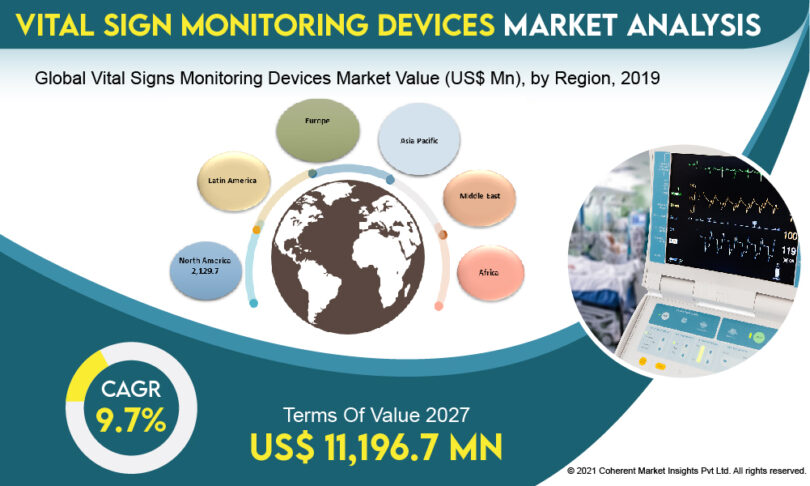Blood plasma fractionation refers to the general process of separating various components of blood plasma, which in turn, is a component of blood acquired through blood fractionation. Plasma is the straw-colored liquid portion of blood, which comprises for 55% of blood. During plasma fractionation, plasma is separated and can be used for many different medical applications. Plasma is taken from donors when whole blood is donated, or by plasmapheresis, a process by which the liquid part of the blood, or plasma, is separated from the blood cells and plasma is retained. This plasma can be used as Fresh Frozen Plasma (FFP) for replacement of clotting factors. Most plasma is used for products which derived from plasma fractionation. Plasma comprehends thousands of diverse proteins, but only about 20 of these are used to produce therapeutic plasma products. These fit into three classes’ immunoglobulins, clotting factors, and albumin.
Market Dynamics- Drivers
Increasing incidence of bleeding and immune disorders, growing geriatric population, and growing use of immunoglobulin and alpha-1-antitrypsin are expected to drive growth of the global plasma fractionation market during the forecast period. Plasma fractionation is used for treating protein deficiency in healthcare applications and also as a packaging material for industrial applications. The major function of plasma fractionation is removal or inactivation of viruses and prions.
Get Sample Copy of Research Report: https://www.coherentmarketinsights.com/insight/request-sample/529
Global Plasma Fractionation Market
On the basis of product type, the global plasma fractionation market is classified into:
• Albumin
• Immunoglobulins
• Coagulation Factor Concentrates
On the basis of application, the global plasma fractionation market is classified into:
• Neurology
• Hematology
• Immunology
• Critical Care
On the basis of end user, the global plasma fractionation market is classified into:
• Hospitals
• Clinical Research Laboratories
According to Centers of Disease Control (CDC) statistic, in 2012 chronic diseases were one of the major causes of death and disability in the U.S., with an estimated 117 million people suffering from some form of chronic disease. Moreover, robust diagnostic facilities, and comfort of access is expected to drive the global plasma fractionation market during the forecast period. Increase in geriatric population worldwide is also driving the global plasma fractionation market, mainly due to the risk of complications of hemophilia, such as intracranial hemorrhage, inhibitor development, and joint diseases, increases along with the age of a person.
To gain PDF Brochure of Research Report: https://www.coherentmarketinsights.com/insight/request-pdf/529
According to Centers for Disease Control and Prevention (CDC), in the U.S. around 400 newborns suffer from hemophilia every year. Hemophilia is the most well-known inherited bleeding disorder, although it is comparatively rare. Rising costs of plasma derivatives, the risk factors related it and limited reimbursement policies can hinder the growth of this market.
Market Dynamics- Restraints
Increasing usage of recombinant proteins and products acting as a substitute for the plasma products are expected to restrain the global plasma fractionation market growth during the forecast period.
Regional Outlook
Among regions, North America holds the dominant position global plasma fractionation market, owing to growing per capita healthcare expenditure in the U.S. Growing demand from patients for better and advanced healthcare facilities, and increased acceptance of new and advanced technologies is expected to drive the North America plasma fractionation market over the forecast period. Furthermore, Asia Pacific is expected to exhibit the highest CAGR over the forecast period, owing to increasing prevalence of hemophilia among emerging economies such as China, and India, and increasing aging population in the Asia Pacific region.
Competitive Landscape
Key players operating in the global plasma fractionation market are CSL Ltd., Octapharma AG, Grifols S.A, Baxalta Incorporated, Octapharma AG, and Kedrion S.p.A held the major share of the plasma fractionation market and will continue to take over the market. Other major players are Bio Products Laboratory, Sanquin, China Biologic Products, Inc., Biotest AG, and Laboratoire Français du Fractionnement et des Biotechnologies.
Direct Purchase this Research Report: https://www.coherentmarketinsights.com/insight/buy-now/529
Contact US:
Coherent Market Insights
1001 4th Ave, #3200 Seattle, WA 98154, U.S.
Email: sales@coherentmarketinsights.com
United States of America: +1-206-701-6702
United Kingdom: +44-020-8133-4027
Japan: +050-5539-1737
India: +91-848-285-0837

